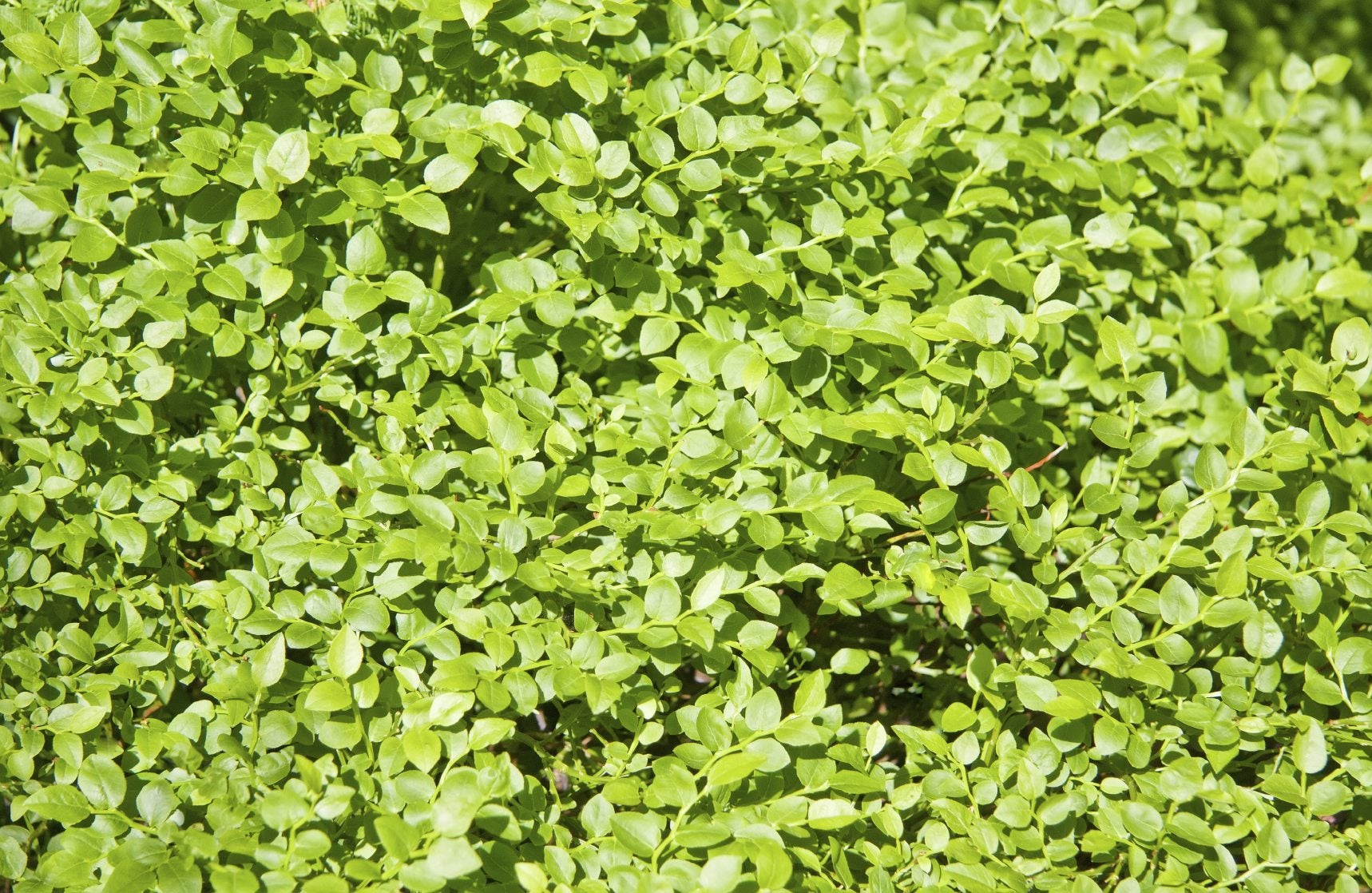Blueberry Plants Not Producing – Getting Blueberries To Bloom And Fruit

Do you have blueberry plants that are not producing fruit? Maybe even a blueberry bush that isn’t even flowering? Fear not, the following information will help you sleuth out common reasons for a blueberry bush that is not flowering, and about getting blueberries to bloom and fruit.
Help for Blueberries Not Fruiting
Blueberries, and their relatives, the cranberries, are the only native crops of North America that are commercially produced. There are two types of blueberry -- the wild lowbush (Vaccinium augustifolium) and the cultivated highbush blueberry (Vaccinium corymbosum). The first hybrid blueberries were developed for cultivation in the early 1900’s. There may be a number of reasons for no flowers on blueberries. While blueberries can grow in a number of soil conditions, they will only truly thrive in acidic soil with a pH below 5.5, ideally between 4.5 and 5. Test your soil to see if you need to amend it. If the soil pH is above a 5.1, incorporate elemental sulfur or aluminum sulfate. Blueberries, like most plants, also need well-draining soil. Although they need consistent irrigation during the growing season, blueberries dislike “wet feet.” You should also plant them in full sun. A shaded area may prevent the plant from blossoming, hence setting fruit.
Additional Reasons for Blueberry Plants not Producing
Pollination
While blueberries are self-fruitful, they will benefit from the close proximity of another blueberry plant. If you have no flowers on your blueberries, you may have insufficient pollination. Planting another blueberry within 100 feet (30 m.) of another will help bees cross pollinate the blossoms, boosting your chances for fruit production. In fact, planting a different variety nearby may result in larger as well as more plentiful berries.
Pests
If it seems that your blueberries are not fruiting, maybe you need to think again. Not only do we love fresh blueberries, but our bird friends do too. The blueberry may have fruited, but if you have not kept a close eye on it, the birds may have gotten to the fruit before you did.
Age
The age of your blueberry may also result in low or non-existent production. First year blueberries should have their blossoms removed. Why? By doing so, you will allow the plant to put all of its energy into producing new foliage, which will lead to better fruit production the next year. That said, one-year-old blueberries have a high mortality rate. It’s better to plant two to three-year-old blueberries that are more established.
Pruning
Older plants need to be pruned. Regular pruning is important to the health of blueberries and can affect fruit set. The most fruitful canes are not the largest. The most productive canes will be between four to eight years old and 1-1 ½ inch (2.5-4 cm.) across. When you prune the plant, the goal is to have a plant that has 15-20 percent young canes less than an inch (2.5 cm) across, 15-20 percent older canes that are around 2 inches (5 cm.) in diameter and 50-70 percent in-between canes. Prune when the blueberry is dormant in the fall to spring. Remove low growth around the base of the plant and any dead or weak canes. You should prune the plant in this manner each dormant season, removing about one-half to one-third of the wood.
Fertilizer
Getting blueberries to bloom and fruit will probably also require some fertilization. Nitrogen for blueberries must be in the form of ammonium since nitrates are not taken up by blueberries. Don’t fertilize the first year the plant is set out since the roots are easily damaged. Once the blueberry has flowered in the second year, apply 4 ounces (113 g.) of ammonium sulfate or 2 ounces (57 g.) of urea to the plant. Just sprinkle it in a ring around the plant; don’t work it into the soil. For each year of growth, increase the amount of ammonium sulfate by one ounce (28 g.), or ½ ounce (14 g.) of urea, up until the bush's sixth year. Thereafter, use 8 ounces (227 g.) of ammonium sulfate or 4 ounces (113 g.) of urea per plant. A soil test will help determine if you need any supplemental NPK fertilizer.
Gardening tips, videos, info and more delivered right to your inbox!
Sign up for the Gardening Know How newsletter today and receive a free copy of our e-book "How to Grow Delicious Tomatoes".

Amy Grant has been gardening for 30 years and writing for 15. A professional chef and caterer, Amy's area of expertise is culinary gardening.
-
 Looking For Plants To Give You The Soft And Fuzzies? Try These 5 Fuzzy Leaf Plant Options
Looking For Plants To Give You The Soft And Fuzzies? Try These 5 Fuzzy Leaf Plant OptionsLovers of texture, drama, silver foliage and tactile plants will adore these special sensory garden additions. These fuzzy leaf plant options will leave you all aglow
By Susan Albert
-
 Get Ready For A Summer Of Hummers! Grow These Full Sun Hummingbird Plants and Flowers
Get Ready For A Summer Of Hummers! Grow These Full Sun Hummingbird Plants and FlowersIf you’re lucky enough to enjoy a sunny backyard, make sure you are maxing out on your pollinator opportunities and grow these full sun hummingbird plants and flowers
By Tonya Barnett